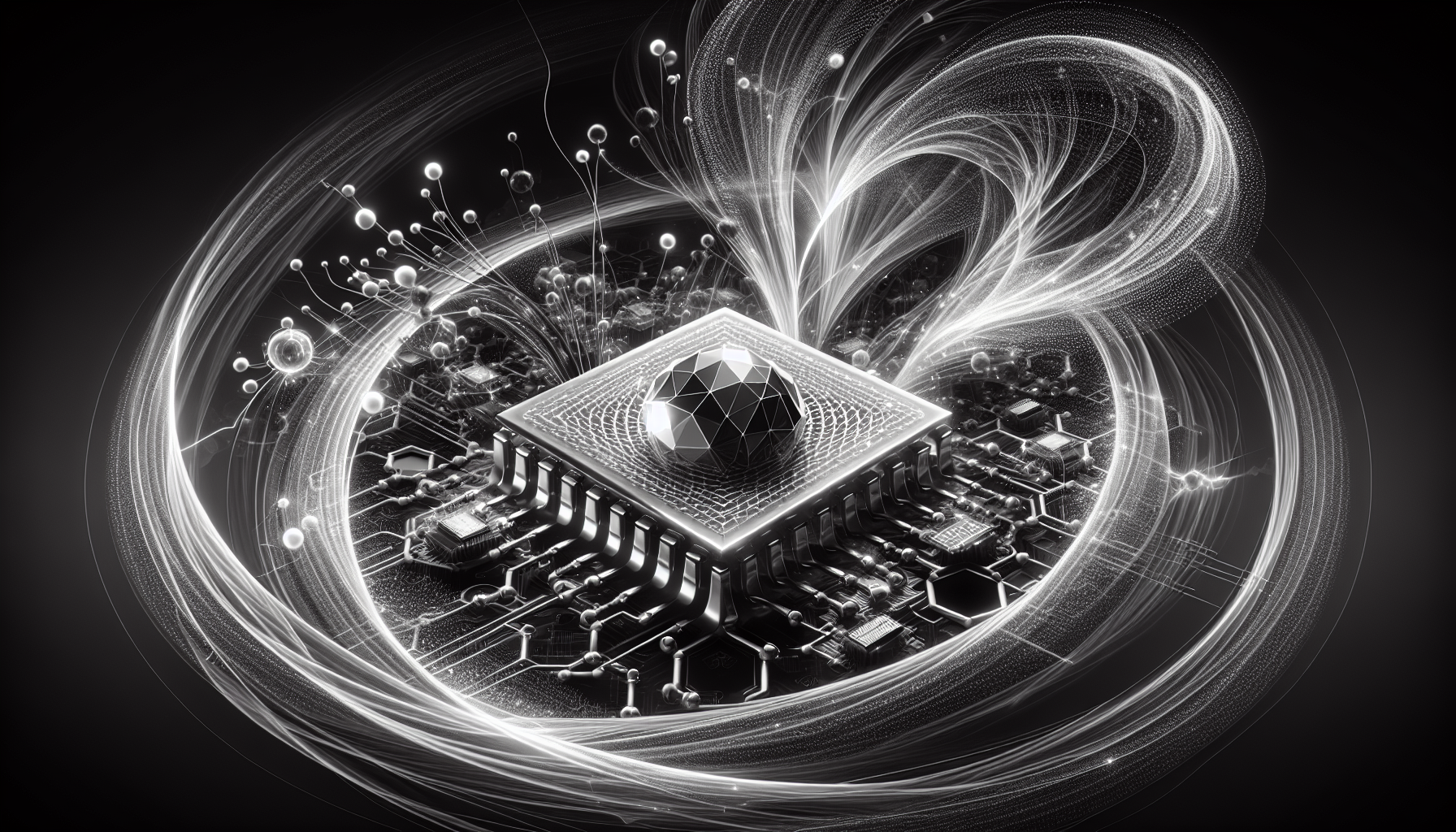The Speed Limit of Silicon Is Near. Graphene Just Blew Past It.
What if your phone could download an entire movie in a second, or your laptop could run AI models in real time without overheating? That future just got a lot closer. On June 5, 2025, researchers at MIT announced a breakthrough in graphene-based transistors that could make today's fastest chips look sluggish.
For years, graphene has been the poster child of next-gen materials. It's stronger than steel, thinner than a human hair, and conducts electricity better than copper. But it had one fatal flaw-it couldn't switch off. Without a bandgap, graphene couldn't act like a proper semiconductor. That's like having a light switch that's always on. Useful? Not really.
Cracking the Bandgap Code
The MIT team, led by Professor Jing Kong, found a way to give graphene what it was missing: a tunable bandgap. They did it by sandwiching graphene with a layer of hexagonal boron nitride (hBN) and applying a carefully controlled electric field. This hybrid structure behaves like a true semiconductor-one that can switch on and off at blazing speeds.
And the results are staggering. These new graphene transistors switch up to 100 times faster than traditional silicon ones. They also consume 30% less power. That's not just an incremental improvement-it's a leap. Electron mobility, a key measure of how quickly electrons move through a material, hit over 100,000 cm/Vs. For comparison, silicon typically tops out around 1,500.
From Lab to Fab
Speed is one thing. Making it work in the real world is another. The MIT team didn't stop at theory. They built a prototype chip with 1,000 graphene transistors that operated reliably at room temperature. That's a critical milestone. Many experimental materials only work in extreme lab conditions. This one doesn't.
Even more impressive, the process is compatible with existing semiconductor manufacturing. That means companies won't need to reinvent their factories to use it. "Our approach allows graphene to be seamlessly integrated into current workflows," said Professor Kong. "This could accelerate adoption dramatically."
Industry Buzz and Skepticism
The semiconductor world is paying attention. TSMC, the world's largest chipmaker, has reportedly committed $200 million to graphene R&D over the next two years. Intel is also exploring the material as part of its roadmap beyond 2030. The stakes are high. The global chip market, worth $600 billion in 2024, is under pressure to keep up with AI, quantum computing, and edge devices.
Still, not everyone is convinced. Dr. Maria Chen, a semiconductor analyst at TechInsights, cautions that scaling graphene to mass production won't be easy. "The cost of high-quality graphene is still around $100 per gram," she notes. "And integrating it with silicon at scale is a complex challenge."
But others see this as the beginning of a new era. Dr. Liam Patel, a physicist at Stanford, believes this could finally break the limits of Moore's Law. "We've been stuck in incremental improvements for years. This could be the disruption we've been waiting for."
What Comes Next?
The MIT team is now focused on refining the fabrication process and scaling up. Their goal: a fully functional graphene-based processor within three years. If they succeed, the implications are massive. Smartphones that never lag. Laptops that run cooler and last longer. AI chips that process data in real time without guzzling power.
And it's not just about speed. The 30% power reduction could be a game-changer for data centers, which currently consume more energy than some countries. As AI workloads grow, energy efficiency is becoming just as important as raw performance.
Graphene's journey from lab curiosity to commercial reality has been long and full of false starts. But this time, the physics and the engineering are finally aligning. The switch has been flipped. The race is on.
And in that race, graphene isn't just catching up-it's already ahead.
